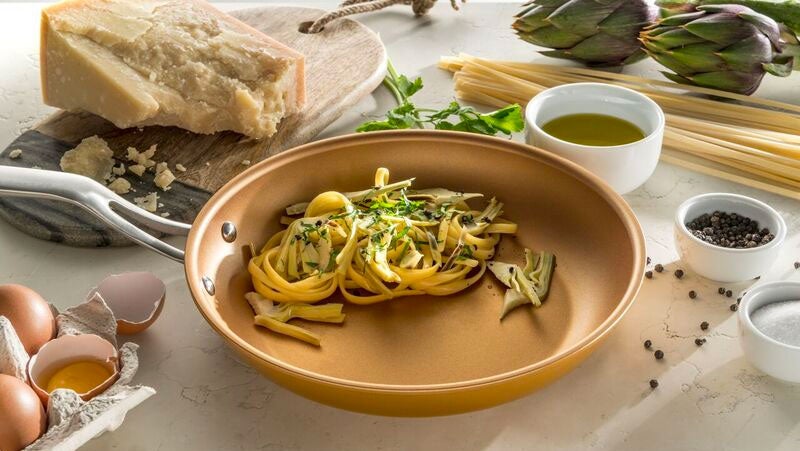Alongside choosing the correct coating, it is just as important to get the application process right. While PPG coatings are easy to apply, if done incorrectly, defects such as peeling and chipping, rapid wear, mud cracks, craters (fisheyes) can occur, resulting in a poor non-stick performance.

To help avoid these issues, we have created the below three best practices for coaters.
1. Proper Surface Preparation
Extensive substrate preparation is crucial for optimal adhesion and durability. This often requires cleaning and/or roughening of the surface to prevent any contaminants from causing fisheyes, peeling or flaking. Doing so will help strengthen coating adhesion to the substrate.
2. Dry-film thickness
Each coating comes with a product data sheet specifying the correct dry-film thickness. This is very important to follow as issues can be observed should the coating be applied too thickly or too lightly. Issues such as mud-cracking, sagging or blistering can occur on a thickly applied coating, while a clouded and less glossy coating will result from a thin coating.
3. Proper Cure
Proper curing is essential for the coating to bond to the substrate. If the correct temperature and time schedule stated in the product data sheet is not followed, several defects can appear in the finished product, including reduced or no release, peeling or flaking, hazing, low gloss, an orange-peel appearance or mud-cracking.
For expert advice on applying your PPG coating, or to be put in contact with a recommended coater, please contact us.

